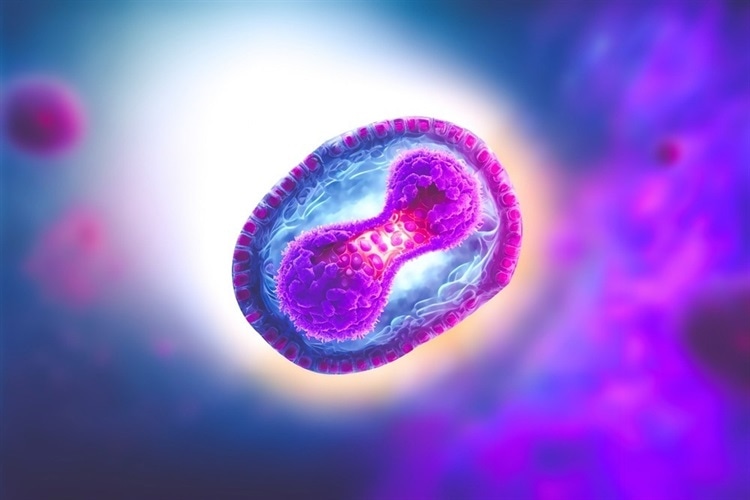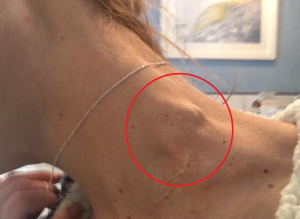
Researchers have conducted a comprehensive evaluation to assess the efficiency of respiratory treatments and case isolation in reducing the spread of mpox in people. The results were published on the medRxiv* preprint service.
The mpox virus is an orthopoxvirus with double-stranded DNA that belongs to the Poxviridae family. Mpox is a zoonotic illness that has historically been endemic to Africa; however, incidence has recently increased as a result of the termination of smallpox vaccination campaigns and eradication initiatives. The World Health Organization (WHO) declared the 2022 outbreak a public health emergency since it occurred in areas outside of the endemic distribution and might spread from person to person.
Mpox presents during the viral invasion period as headaches, lymphadenopathy, fever, myalgia, back pain, and asthenia. About one to three days after the onset of these symptoms, the patient presents rashes on the face, oral mucus membranes, genitalia, and extremities that begin as macules and change into papules and vesicles, eventually presenting as pustules that crust.
The transmission is suspected to be through direct sexual or non-sexual contact, inhalation of fomites and droplets, and through the placenta. Whether the mpox virus can be transmitted through other fluids such as semen, urine, breastmilk, or through insect vectors remains unclear. It is important to understand whether isolation measures and the use of respiratory interventions are successful in limiting the transmission of the virus.






